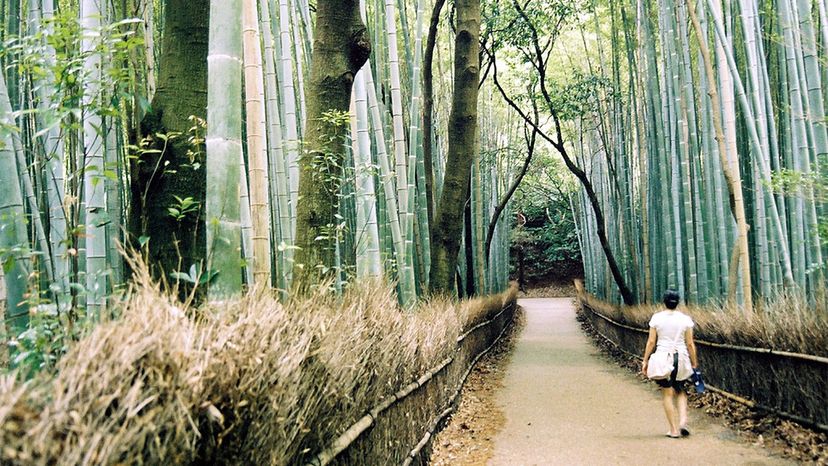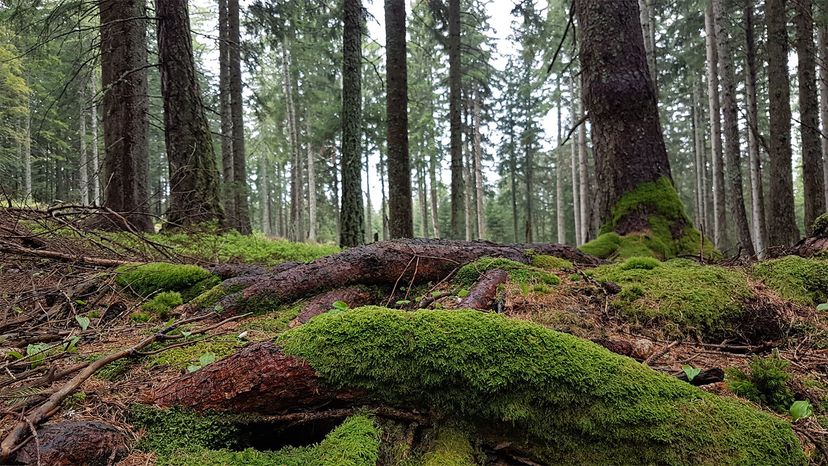
The traffic. The Zoom meetings. The COVID-19. The climate change.
With life's environmental and situational stressors, common kitchen table concerns and those ever-lurking unknown unknowns — not to mention the daily challenges of playing well with others and maintaining our own interiority, it's a lot to navigate. No wonder we humans sometimes feel physically pummeled and mentally fried. While a lavender candle is calming and a bubble bath so soothing to slip into, imagine stepping into the great outdoors and indulging yourself in another kind of R&R: a leisurely forest bath.
Advertisement

